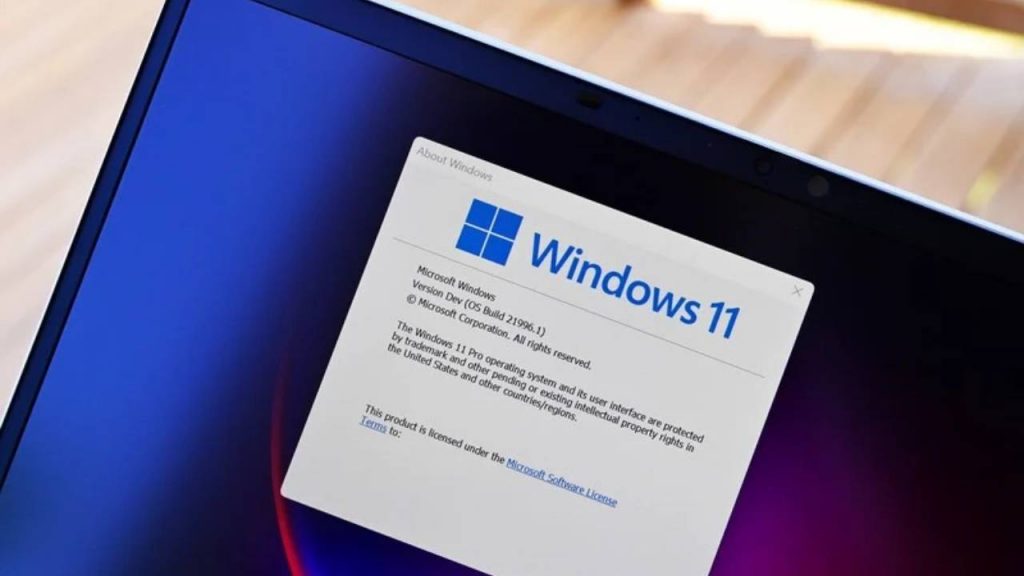Microsoft has announced that it plans to activate its Unified Update Platform (UUP) for organizations that use on-premises tools to update Windows 11 clients as early as next month. This update will be available for organizations with Windows 11 version 22H2 clients managed using Windows Server Update Services (WSUS) or Microsoft Configuration Manager. Here are the details…
Microsoft To Activate On-Premises UUP for Windows 11 Cumulative Updates Next Month
Microsoft has indicated that UUP on-premises distribution points will get subsequent downloads that will be “similar to what you’ve seen in the past.” The UUP on-premises update will bring several benefits to organizations, including up to 30% smaller client downloads for quality updates, cumulative update integration with feature updates, seamless retention of installed language packs and optional features (FOD) during feature updates, reduced client downloads for feature updates, automatic OS healing during the update process, and end-user acquisition of language packs and FOD.

However, organizations should be prepared for an initial hefty 10GB download to their server distribution points that will be coming with the March 28 update. This 10GB update, called a “foundation” by Microsoft, appears to be a one-time bandwidth hit for organizations. UUP on-premises distribution points will be the default and only way to download quality updates. Organizations that update Windows clients will want to prepare for UUP on premises to take advantage of the benefits mentioned above.
The UUP on-premises update will be available for organizations with Windows 11 version 22H2 clients managed using Windows Server Update Services (WSUS) or Microsoft Configuration Manager. Organizations should be prepared for an initial hefty 10GB download to their server distribution points that will be coming with the March 28 update. However, the benefits of UUP on-premises include smaller client downloads, cumulative update integration with feature updates, seamless retention of installed language packs and optional features, reduced client downloads for feature updates, automatic OS healing, and end-user acquisition of language packs and FOD.
RELATED:
- Best Portable Power Stations of 2023 – Jackery, Bluetti & More
- OnePlus Ace 2 (OnePlus 11R) Full Review: Flagship Killer is Back
- Xiaomi 30W Wireless Car Charger With Dual USB-A Ports Launched for 199 Yuan ($29)
- OnePlus 11 5G With Snapdragon 8 Gen 2, 100W Charging Debuts Globally
- Realme GT Neo 5 Launched With Up to 240W Charging, Snapdragon 8+ Gen 1, LED…
(via)







